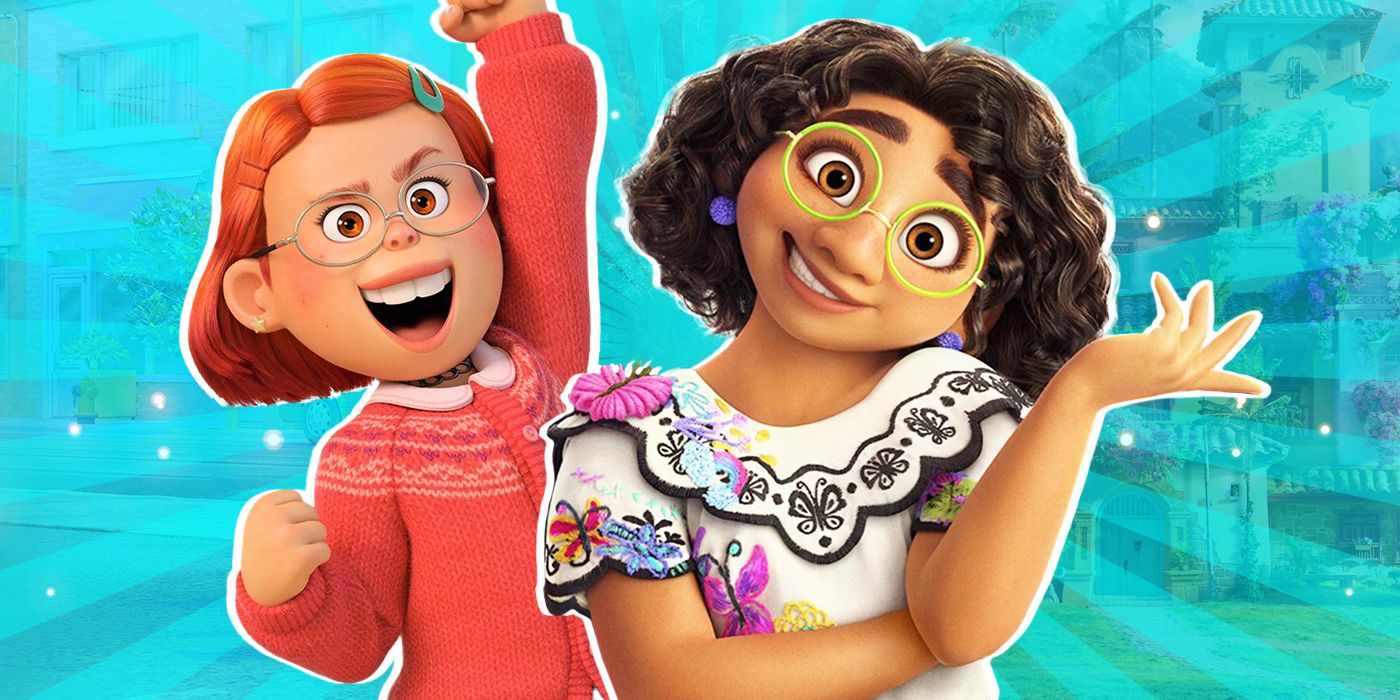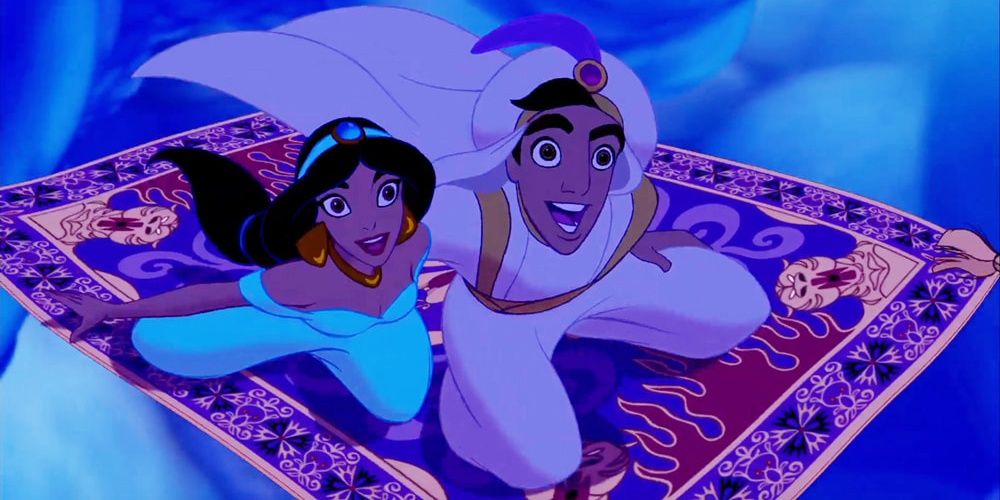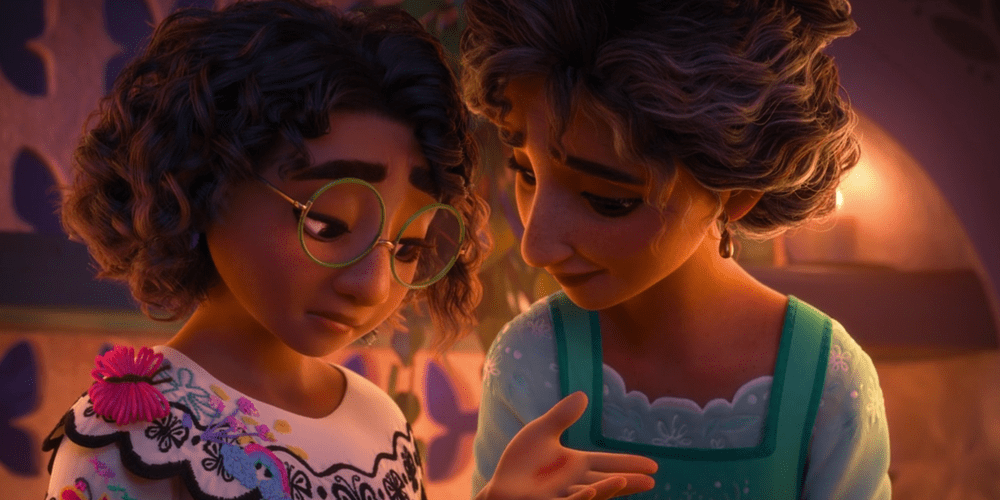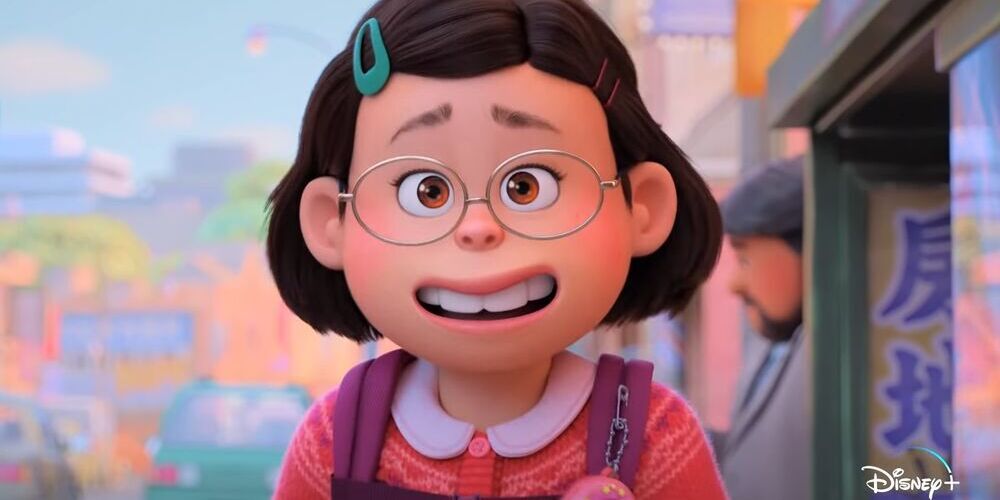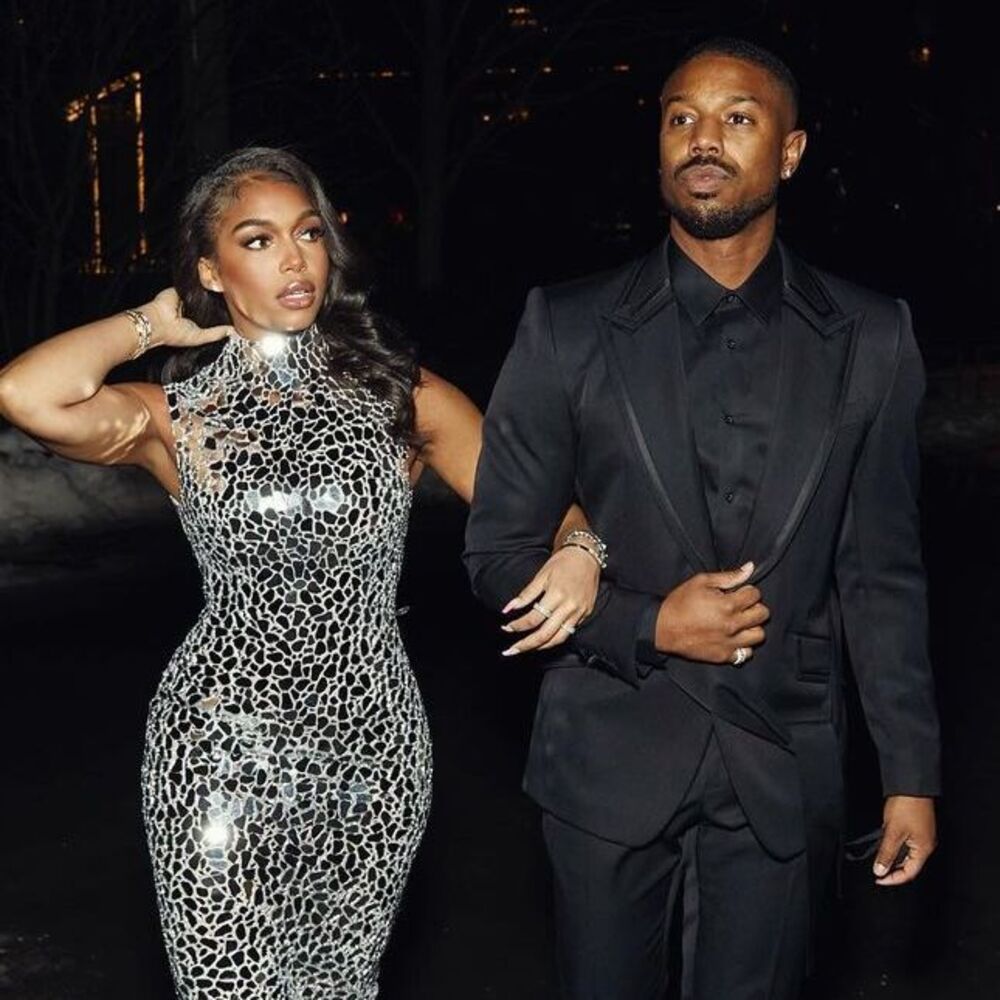Much like the timeless fairy tales on which many of them are based, Disney’s library of animated films have famously tapped into the universal appeal of the traditionally idealistic escapism of wish fulfillment. The earlier classics of Walt Disney Animation Studios from before the turn of the century practically set a precedent for the kind of sentimentality that the Disney brand and the company as a whole would become synonymous with; the allure of true love’s first kiss, the hopeful promise of dreams coming true and the power of wishing upon a star.
From the days of Snow White and Cinderella to as recent as the ’90s animation renaissance, the endearing popularity of the Disney animated “fantasy” have been rooted in the romanticism of dreams becoming reality and happy endings attained through tangible external wishes, like becoming human in Pinocchio and The Little Mermaid or marrying your one true love like in Sleeping Beauty or Aladdin. While the stories of the renaissance era films aimed to revitalize the Disney formula by balancing the characters’ wants with their emotional and thematic needs, their endings were still packaged in the gratification of having their dreams and wishes coming true.
Over the past decade, through the studio’s revival era of CGI blockbusters and the emergence of Pixar, the kinds of stories Disney films tell and what has come to constitute a “happily ever after” has changed drastically to reflect contemporary sentimentality and the tastes of modern audiences. As family media has veered away from perpetuating romantic plots and the notions of wishing, modern Disney films like Frozen, Zootopia and Soul have not only sought to deconstruct “happily ever after”, but offer different methods of thematic emotional catharsis. Through this, the Disney fantasy today has transformed into discovering mindful self-awareness and the power resolving familial tension.
Disney films today have graduated from stories surrounding dreams and romance, and are built on nuanced emotional goals beyond the characters magically achieving what they want. These stories discuss themes that require more introspection to be resolved. The Little Mermaid follows a sea-dwelling character who wants to become human to fulfill her dream of being where the people are and is rewarded for it with a pair of legs, but the sea-monsters from Pixar’s Luca come to coexist with land-dwelling humans by actively exploring the dismantling prejudices and embracing differences through friendship.
Two films that have best demonstrated the new age of happy endings are Disney’s Encanto and Pixar’s Turning Red. Both films tell stories surrounding optimistic youths that must face the coming-of-age crisis of identity and self-esteem as they dissect their toxic family dynamics and generational trauma. In these films, the happiness of the Disney fantasy is based less on fulfilling a dream and more on personal growth and confronting the dysfunctions in one’s family.
Encanto follows Mirabel Madrigal (voiced by Stephanie Beatriz) as she struggles with her place among her miracle-given family as the outcast grandchild with no magical gift. In lesser hands, the film would have been built around Mirabel’s superficial desire for a power of her own and would be resolved with being given one at the end like she has always wanted. While she does express desire for a gift in the film, Mirabel’s want for a power is not born out of her simply wanting a gift.
Over key scenes and musical sequences, the bulk of the film unveils the landscape of emotional tension and burdensome expectations tied to the family’s blessing of the miracle, principally at the hands of Abuela Alma (María Cecilia Botero). Because of this, Mirabel does not want a gift for the power itself, but for the belief that having one would make her worthy in the eyes of Abuela and cure the family of its dysfunction. The story positions itself to explore how the family dynamic has affected those within it.
Encanto’s story presents a more complex and identifiable dilemma than the classical Disney fantasy of the past. Mirabel’s narrative desire of validation from her family is overtly tied to her emotional needs and is harder to achieve than through magic alone. Her wanting acceptance from her family and their need to break destructive behavioral cycles is what drives the plot and her actions. The emotional goals of the film’s characters are not personified in a romantic relationship or a material desire, but a therapeutic disarming of its dysfunctions. The ending scenes where the seal is broken, and a dialogue is begun on how the family needs to heal serves as the “happily ever after” fitting of the story.
Turning Red chronicles the explosively transformative journey into young adulthood of Meilin Lee (Rosalie Chiang) as she learns of an ancestral panda power that has since become a curse in recent generations. Among a list of typical adolescent desires (listening to popular music, going to parties and obsessing over boys), Mei wants to make her own moves outside those decided by her mother, Ming (Sandra Oh). Mei’s story does not hinge on any of these wants alone, but what they collectively represent in her life; independence.
Many of the Disney princesses have quested for independence, but in most cases have itemized it in the form of the tangible, such as a pair of legs or fulfilling a dream of romance. On the surface, Mei’s external wants are very clear and are superficial in the way that they are in childhood, but what is just as clearly communicated is how they together mark her steps into maturity.
The conflict Mei meets in her story is almost exclusively rooted from her mother and her overbearing influence. The independence Mei is seeking is not from the shape of the world around her or the times she’s living in, but solely from the fears of disappointing her mother’s expectations. By the very nature of their relationship, any resolution they must reach is born out of confrontation. How Mei and her mother come to understand each other is the result of the compassion they give each other through communication. Mei growing up is not something she decided and willed herself to have, but is something she wants to do her way, and what she gains from her mom is the room to do so. The film ends on not a conclusive “ever after,” but with a sense that Mei and Ming can now respect how the other chooses to live.
Disney’s heroes have always been driven to achieve what they want, but over the past decade, the motivations have become less and less material as newer stories have helped redefine what the idea of what a “happily ever after” looks like. The endings have gone from providing a magical quick fix to wrap the story up happily to illustrating what needs to happen for its characters to become whole as people. Characters wishing and dreaming for something to happen isn’t enough anymore, as the era of modern audiences has become more conscious with mindfulness and self-help. Through focusing less on romantic relationships and wish fulfillment, Disney films like Encanto and Turning Red mark that the key to happiness is not as idealistically cut-and-dry as finding true love or achieving one’s dreams, but in recognizing the necessity for growth and resolution with those around you. By championing the strength of identity, understanding family and the value of emotional maturity, the idealistic Disney fantasy puts the focus on finding happiness through healing and self-worth instead of a magical wish.
Disney’s stories today don’t have a happily ever after; they have closure.
























































![Key Metrics for Social Media Marketing [Infographic] Key Metrics for Social Media Marketing [Infographic]](https://www.socialmediatoday.com/imgproxy/nP1lliSbrTbUmhFV6RdAz9qJZFvsstq3IG6orLUMMls/g:ce/rs:fit:770:435/bG9jYWw6Ly8vZGl2ZWltYWdlL3NvY2lhbF9tZWRpYV9yb2lfaW5vZ3JhcGhpYzIucG5n.webp)


